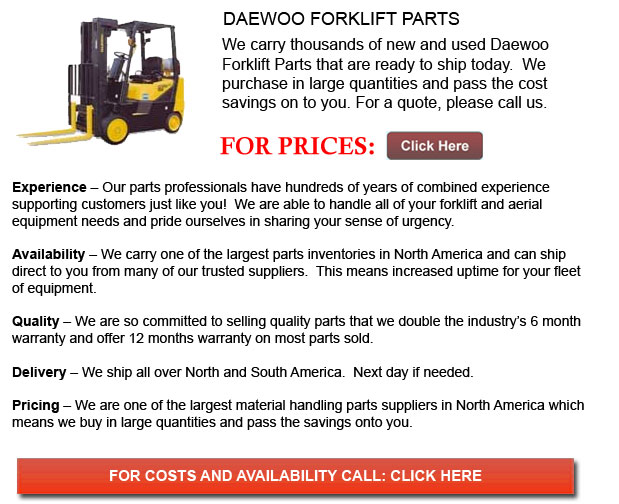
Daewoo Forklift Parts - Kim Woo-Jung, the son of the Provincial Governor of Daegu, founded the Daewoo group during March of the year 1967. He first graduated from the Kyonggi High School and after that went onto the Yonsei University in Seoul where he completed an Economics Degree. Daewoo became among the Big Four chaebol within South Korea. Growing into a multi-faceted service conglomerate and an industrial empire, the company was well-known in expanding its global market securing various joint ventures worldwide.
After the end of the Syngman Rhee government in the 1960s, the new government of Park Chung Hee came aboard to support growth and development within the nation. This promoted exports, increased access to resources, financed industrialization, provided protection from competition to the chaebol in exchange for a company's political support. At first, the Korean government initiated a series of 5 year plans wherein the chaebol were required to accomplish a series of specific basic objectives.
Once the second 5 year plan was implemented, Daewoo became a major player. The company greatly benefited from cheap loans sponsored by the government which were based on probable profits earned from exports. At first, the business concentrated on labor intensive clothing industries and textile which provided high profit margins. South Korea's huge labor force was the most important resource within this particular plan.
Between the years of 1973 and 1981, when the third and fourth 5 year plans happened for Daewoo; Korea's workers was in high demand. The countries competitive advantage began to dwindle because of increased competition from several countries. In response to this change, the government responded by focusing its effort on electrical and mechanical engineering, military initiatives, shipbuilding, construction efforts and petrochemicals.
Eventually, Daewoo was forced into shipbuilding by the government. Though Kim was unwilling to enter the business, Daewoo swiftly earned a reputation for producing reasonably priced ships and oil rigs.
During the following decade, Korea's government became a lot more liberal in economic policies. As the government reduced positive discrimination, loosened protectionist import restrictions and encouraged small, private companies, they were able to force the chaebol to be much more assertive abroad, while supporting the free market trade. Daewoo effectively established several joint projects with American and European companies. They expanded exports, semiconductor manufacturing and design, machine tools, aerospace interests, and different defense products under the S&T Daewoo Company.
Daewoo ultimately began making affordable civilian airplanes and helicopters compared to counterparts in North America. After that the company expanded more of their efforts into the automotive industry. Remarkably, they became the 6th largest car manufacturer in the world. During this particular time, Daewoo was able to have great success with reversing faltering companies in Korea.
By the 1980s and the early 1900s, the Daewoo Group expanded into several other sectors consisting of telecommunication products, computers, consumer electronics, buildings and musical instruments like for instance the Daewoo Piano.
![]() Click to Download the pdf
Click to Download the pdf
Forklift Parts
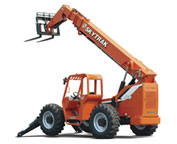
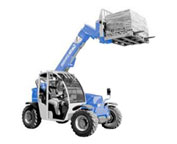
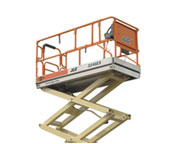
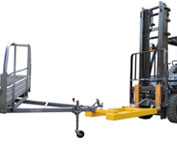
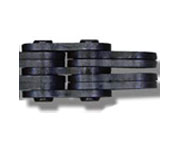
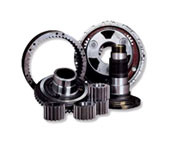
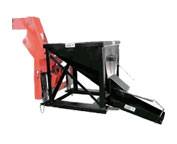
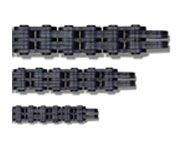
Lift Parts Express
TOLL FREE: 1-888-695-7994
Langley, British Columbia
forkliftpartslangley.ca
Email Us
About Us


